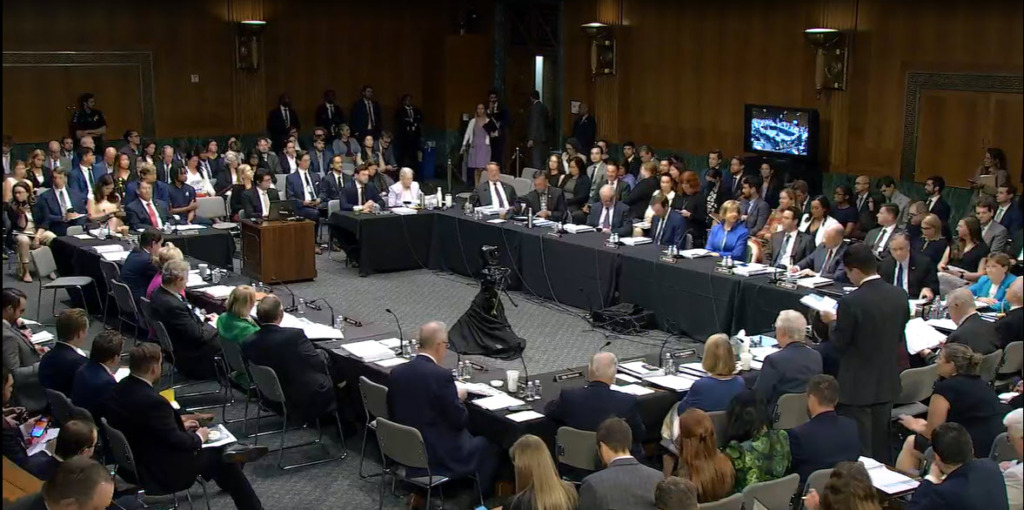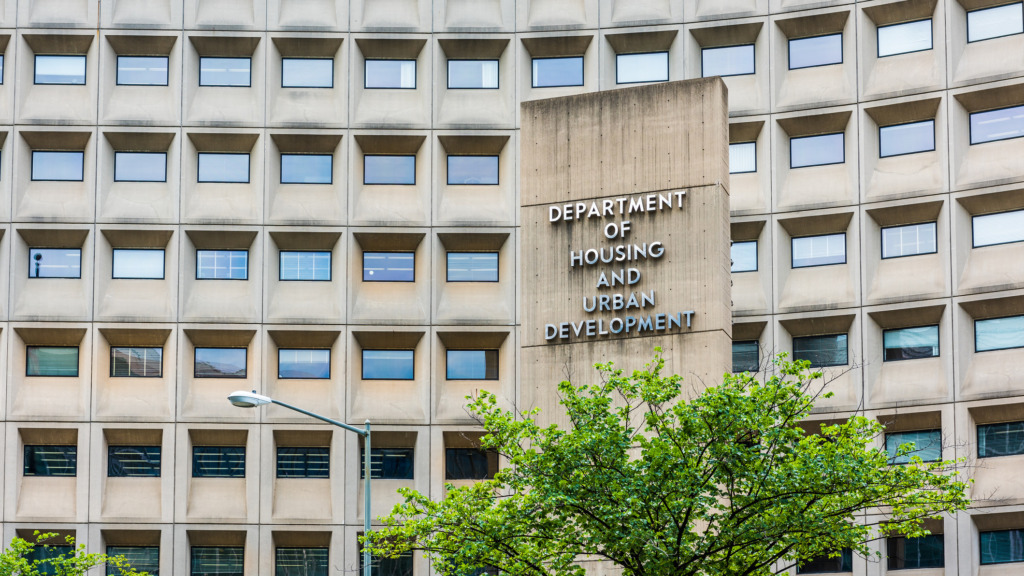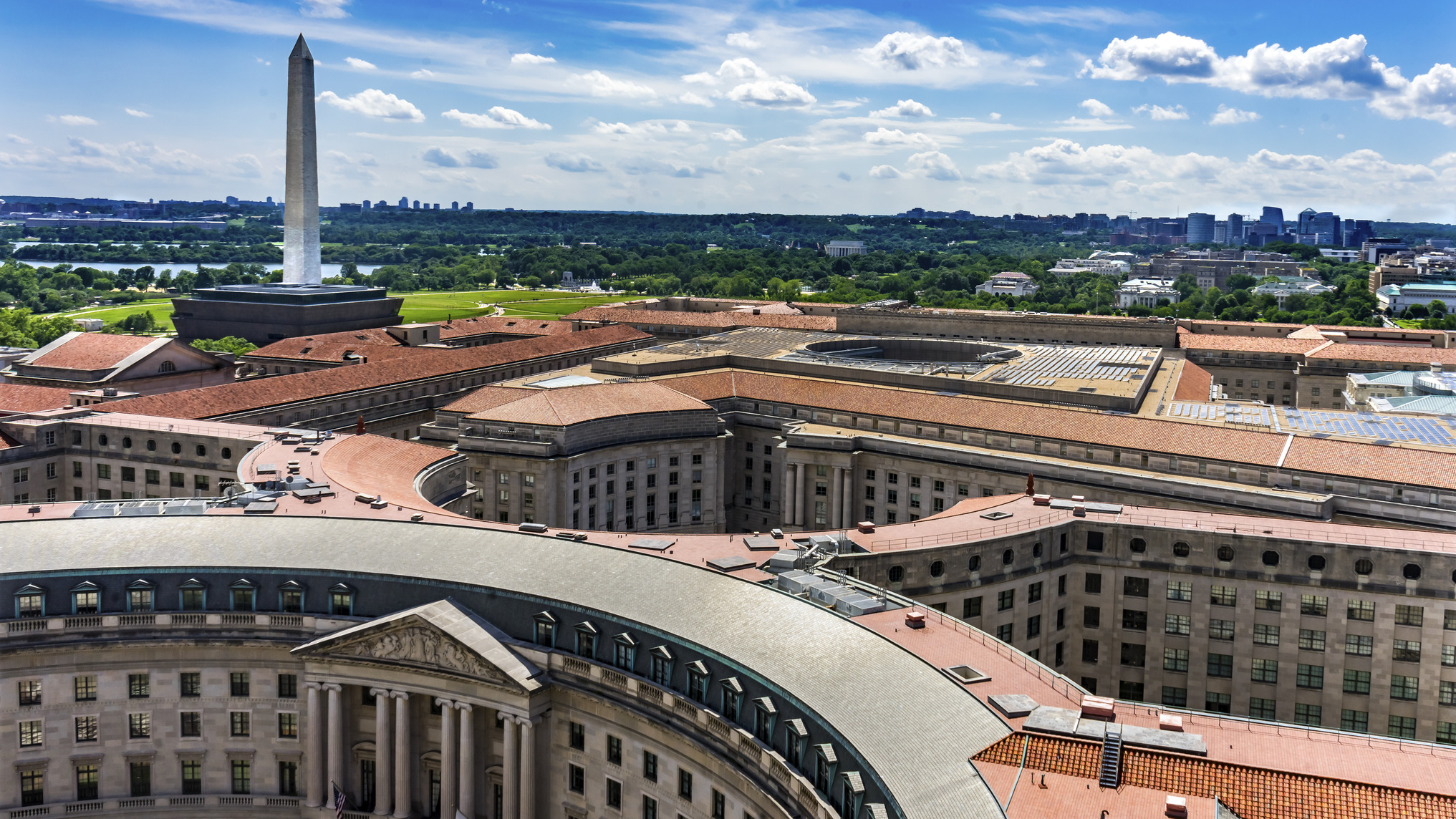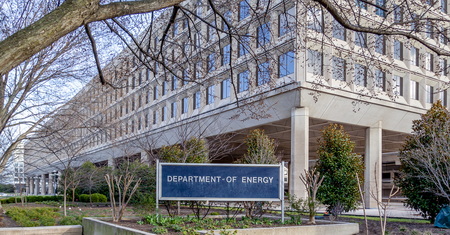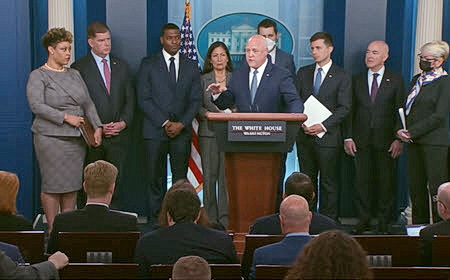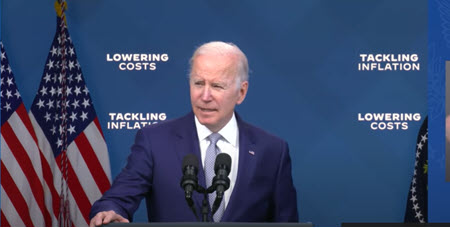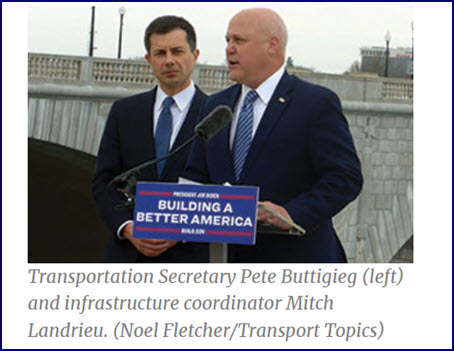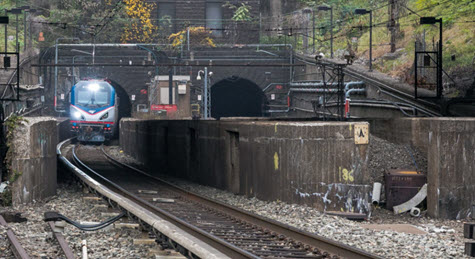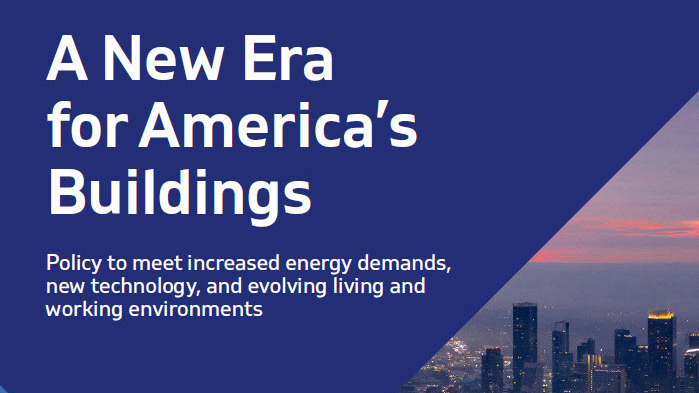
The Real Estate Roundtable (RER) is pleased to share our 2025 Annual Report, A New Era for America’s Buildings: Policy to meet increased energy demands, new technology, and evolving living and working environments.
Roundtable Leadership
- This year’s report highlights how RER’s engagement drove policy wins in tax, capital and credit, housing, energy, and homeland security, amid one of the most intense legislative years in recent memory.
- It also underscores commercial real estate’s vital role in powering jobs, growth, and communities nationwide, while ensuring our industry’s trusted voice is heard at the highest levels in Washington.
- “The pace and complexity of policy this past year has been unprecedented, requiring rapid and well-coordinated responses,” said Jeffrey DeBoer, RER President and CEO. “Thanks to the engagement and expertise of our members, policy committees and national real estate partners, we have met each legislative challenge with substance, speed and credibility. I believe the past 12 months have been among the most challenging and most successful in our history.”
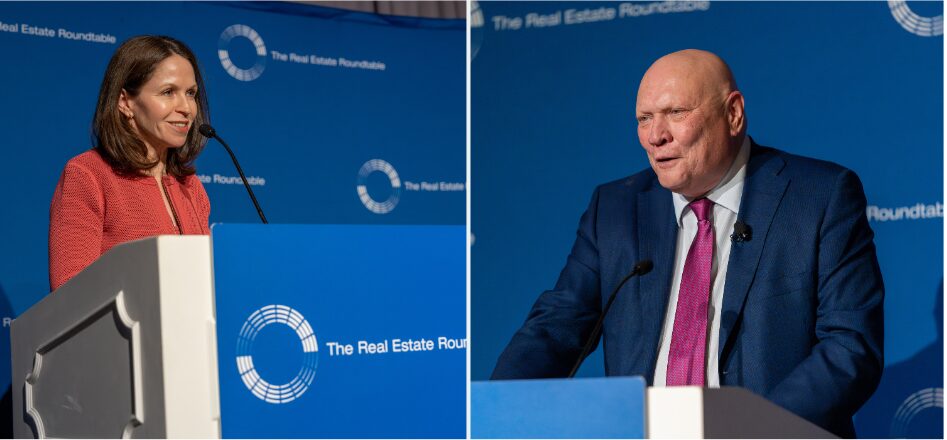
- “In the year ahead, we will continue to evolve how we communicate our mission, align our membership with the future of the industry and focus on the most urgent issues,” said Kathleen McCarthy, RER Chair and Global Co-Head of Blackstone Real Estate. “Real estate anchors our communities and touches every part of American life—from where people live and work to how businesses grow. As the nation faces a housing crisis and urgent energy challenges, public policy must support a strong, resilient real estate sector that drives solutions, fuels economic growth and improves quality of life and opportunity for all.”
Explore the 2025 Report
- RER’s FY2025 Annual Report details the organization’s mission and recent activities, and offers potential policy solutions to today’s pressing and far-reaching industry challenges, including:
- The publication also includes:
- Intro — featuring Q&A with Kathleen McCarthy and Jeffrey DeBoer
- Policy Outreach – summary of outreach activities
- CRE by The Numbers — useful industry statistics
- Membership — of The Roundtable
Printed copies of the Annual Report are currently being mailed to members. If you would like additional copies, please email agrenadier@rer.org
